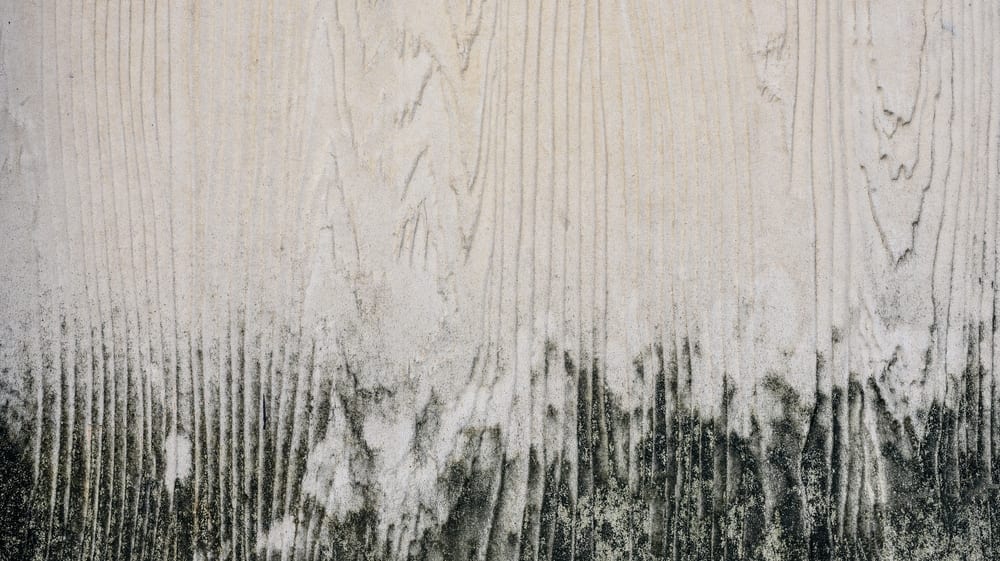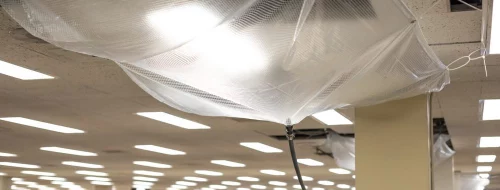Mold is all around us regardless if we can see it or not. Your home is not exempt from mold growth, regardless of how hard you try to keep it out. There are thousands of different types of mold in the world, and each thrives and multiplies in a wet environment. Wooden surfaces are particularly attractive to mold because wood is a biological source, a once living thing.
Let’s talk about the bare basics of mold. It thrives on wet surfaces and pulls the moisture into itself, sustaining the life of the mold spore. Wood is a perfect surface for mold but it also provides a bigger removal problem than typical mold homes like bathroom walls, shower stalls, and other damp locations. These surfaces can be easily wiped away, where wood will hold the mold in the fibers creating an eye sore and a musty smell.
Aside from the smell and the look the mold creates, it can also cause different health issues for those in the household. Side effects of mold that is non-toxic can include allergies, nausea, skin rashes, and more. Instead of taking a chance with these side effects or even worse, let’s talk about how to remove mold from wooden surfaces.
Get Rid of the Mold!
While it may seem easy to get rid of mold with a mixture of vinegar and water, it is important to remember that mold cannot be killed by using vinegar as a mold cleaner. In every instance, it is always recommended to call a professional mold remediation specialist that can let you know what type of mold you’re dealing with. They will also recommend ways to kill and eradicate the mold completely.
If your mold problem is in an area that is less than 10 feet, you can attempt to clean the problem yourself, but be prepared to take the following steps.
-
Stay safe, always. Safety first is the biggest rule to mold removal. If you are not a professional that deals with mold on a regular basis, it can be difficult to identify the type of mold you’re dealing with. As well as what you need to do to kill and remove it. If you have decided to try the vinegar removal method or are using any other type of mold removal chemicals, it is imperative that you wear an air mask to protects yourself. The mask will not only prevent you from breathing in the chemicals, but will also keep you free from breathing in mold. Protective gloves and clothing covering are recommended as well. This will keep your skin protected and the mold spores off your clothes, preventing them from spreading to other areas in the household.
-
Check out the area you’re working with. When removing mold from wood, you take a different approach then removing mold from tile. If your wood is treated with chemicals or painted, the treatment will be different than untreated wood. Researching various options will help you understand what is best for your wood type and how to proceed with the cleaning.
-
Vacuum the area. Mold spores spread, and they spread quickly. Having a vacuum with a HEPA-filter on hand is the best way to remove loose spores from the area before trying to treat the wood with mold removal. Use the vacuum to pick up as much of the mold as possible and then begin your application process.
-
Clean any painted wooden surfaces. If your wood is painted, the mold may not be deep within the surface itself. Mold finds paint difficult to penetrate, and is more than likely sitting on the surface of the paint – and not in the wood itself. This makes cleaning the mold off the wood a little easier! A mild detergent and water should be plenty to remove the mold with a scrub brush or a sponge.
-
Clean all the untreated wood. This can be a little more difficult than just a mixture of detergent and a sponge. Untreated wood is a breeding ground for mold. If you notice the wood in your home is untreated, the mold has likely adhered into the wood itself. This is when vinegar can help clear the mold from the surface. Using a stronger cleaning solution (always research what is best for your wood type and do not mix chemicals! Remember, safety first), scrub the mixture into the mold and let it dry completely. Bringing in a dehumidifier or fan to speed up the process can help and may even prevent any further mold growth!
-
Remove any mold stains. Once you have killed the mold spores, it is time to remove the stains from the surface and make your home pretty again! The good news is stains won’t cause any hazards to your home, they just present more of an eye sore than necessary. To remove mold stains from the wooden surface, you can choose from a few different options. Once the area is completely dry, lightly sand the stain out of the wood. Another solution of bleach may work, but on dark wood, it may cause the color to lighten. You can also stain and prime the wood with a darker varnish and mold preventer. This will keep your wooden surfaces protected from mold in the future!
Hire a Professional When Necessary.
Non-toxic mold is an area when do it yourself is alright to attempt. If you are dealing with mold that you cannot identify as toxic or non-toxic, it is time to call in a professional mold remediation specialist. At McMahon Services, we specialize in mold remediation services including:
- Certified technicians for mold remediation
- Fully licensed, insured, and bonded
- Experienced technicians in troubleshooting and determining the moisture source of mold
- Air duct cleaning
- Structure and contents cleaning
We are dedicated to providing the highest level of service possible, and offer free on site estimates to our clients. McMahon Services and Construction is active in Schamburg, Skokie, Chicago, Libertyville, and other surrounding areas in Illinois.








0 Comments